Since the beginning of agriculture (about 12,000 years ago), humans have tried to improve the plants they cultivated – whether to increase size, yield, appearance, taste, or disease resistance. As a result, many of the fruits and vegetables we eat today look nothing like their ancestors!
Here are 5 fruits that have evolved for the better…and for the worse – in a very visible way.
Corn
The original corn is miniscule! It comes from a plant that grows in the plains of Mexico, and it’s taken researchers quite some time to verify that this plant is indeed the ancestor of our current big corn.
Through hybridization (interbreeding of plants), the small teosinte (name of the parent plant) has grown to 1000 times larger than its original size…and 4 times sweeter!
Suggestion: buy organic corn, and look for ancient corn varieties available through some food cooperatives. This allows small South American farms to rehabilitate endangered corn species (which are often very colorful) through globalization and taste standardization.
Avocado
The ancestor of today’s trendy avocado was very small – no more than 6cm wide – with a pit that took up almost all of the interior space (80%), a hard shell, and a rather bad-tasting flesh.
After a lot of manipulation, our avocado now has a soft skin that can be easily peeled, a tasty flesh, and a reduced kernel size. It takes 10 wild avocadoes to get the same amount of flesh found in a modern avocado!
Suggestion: favor organic and small avocados.
Peach
This one is going to shock you! Here’s what a wild peach looked like in ancient times! As you can see, it’s a far cry from the juicy peach we eat nowadays.
Back then, the pit took up more than a third of the fruit, the flesh had quite an average taste, and it was not very juicy.
After hundreds of years of crossbreeding (I am not talking about GMOs here), we have a fruit whose pit size has been greatly reduced from 34% of the fruit to less than 10% of the fruit.
As far as size goes, the new fruit is 64 times larger than its ancestor (which also speaks to the increase in our portion sizes!), and the fruit is 27% juicier.
Suggestion: buy your peaches at local farmers’ markets and look for ancient species which are bound to be organic (it’s rare that a producer of ancient species uses pesticides).
Eggplant
The name reveals its origins: also called “aubergine” in French which comes from the Arabic “al-bâdinjân”, meaning “egg plant”. Why? Because the ancestor of this long purple fruit we know today was actually white and shaped like an egg, with a little green cap!
Due to crossbreeding in China and India, the fruit has evolved to have more flesh and a better taste. The parent plant of the eggplant was so bitter that it was actually only used for medicinal purposes. Only much later, once the aftertaste had been corrected, did the eggplant return to our diet in Asia and the Mediterranean region.
Suggestion: favor small eggplants (more taste) and try the Asian species which come in different colors and surprising shapes. Purchasing diverse products encourages farmers to produce more choices!
Strawberries
From a botanical point of view, strawberries are not even berries! The strawberry is called an “aggregate fruit”; by definition a berry is a fruit that carries its seeds inside, which is not the case of the strawberry. The small seed-like bits on the surface of the strawberries are called “achenes”, and are in fact microscopic fruits that themselves contain the actual strawberry seeds!
The strawberry is one of the few fruits that has deteriorated through manipulation and crossbreeding. We went from the very tasty wild strawberry – though with a low yield and no resistance to disease and conservation – to a large and rather tasteless fruit.
And how did we get here? Thanks to a French spy who was on a mission to Chile and brought back seedlings of large white strawberries. These were crossbred with wild strawberries and thus was born the fruit as you know it.
Suggestion: choose wild strawberries when they are in season, avoid large tasteless strawberries, and choose ancient species.
Now you know a little more about the ancestors of some common fruits and vegetables and the fascinating story of their evolution. But I’ve got to leave you with one more fact that will blow your mind: the banana is actually a berry, and I’m not joking!
To your health,
Valerie Orsoni
Your LeBootCamp Coach
Tags: aubergine avocado corn crossbreeding eggplant fruit lebootcamp modern fruits nurition parent plants peach strawberries Valerie Orsoni vegetables wild strawberries





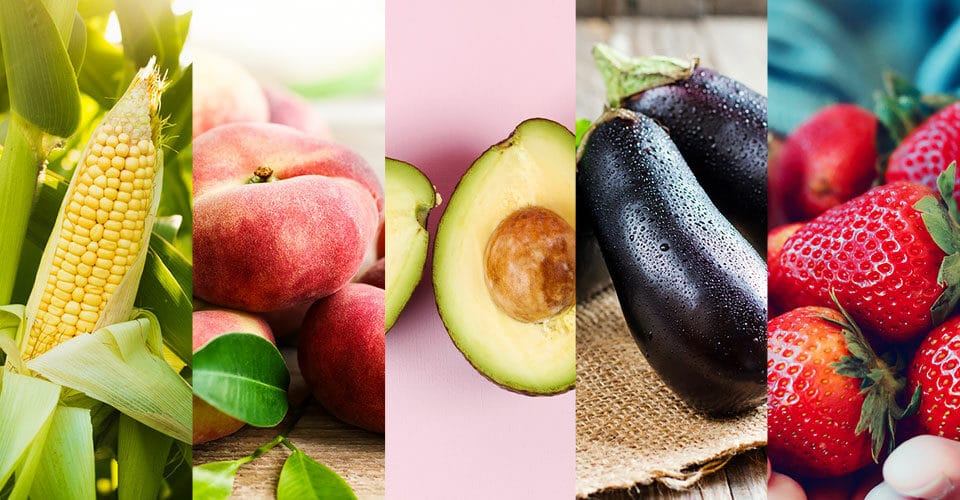
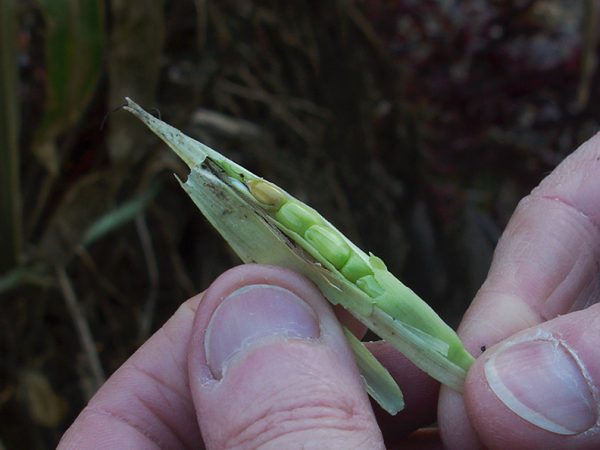
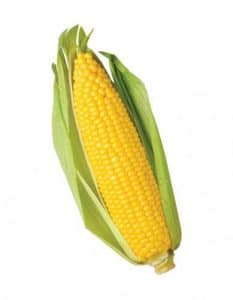
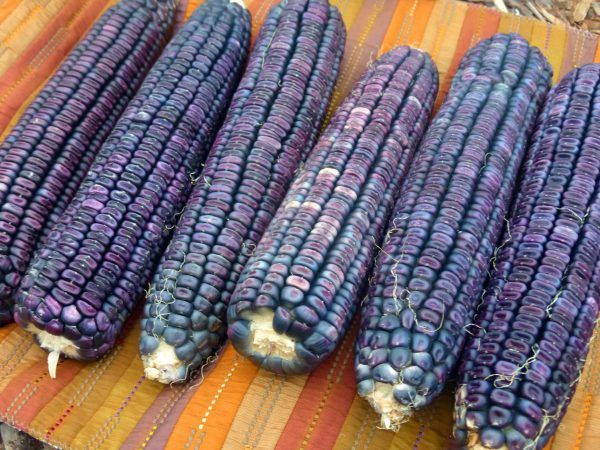
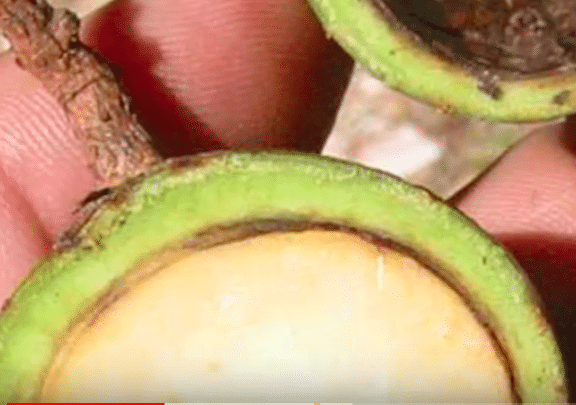
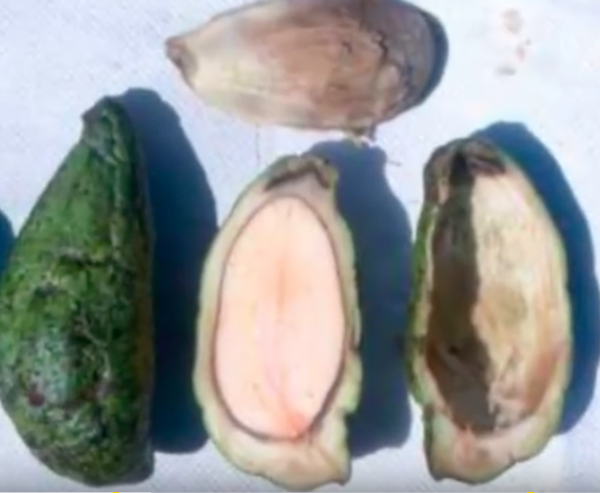
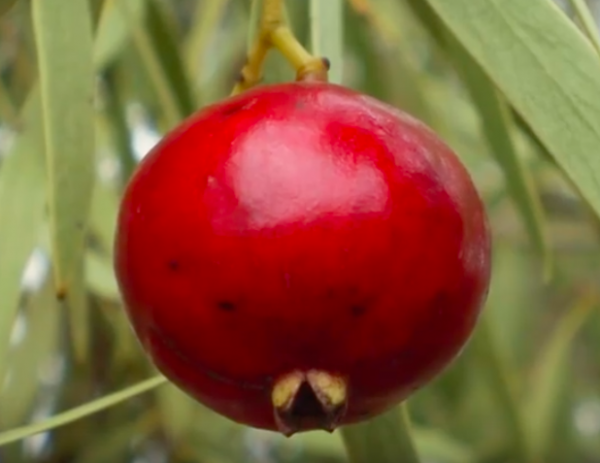
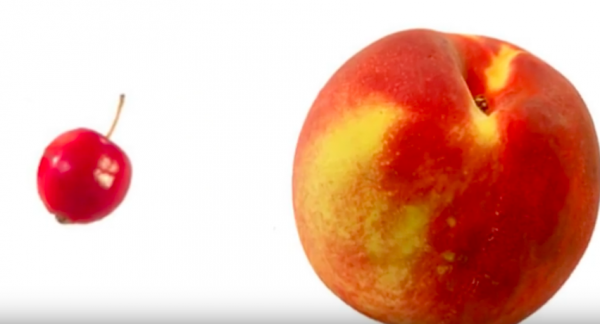
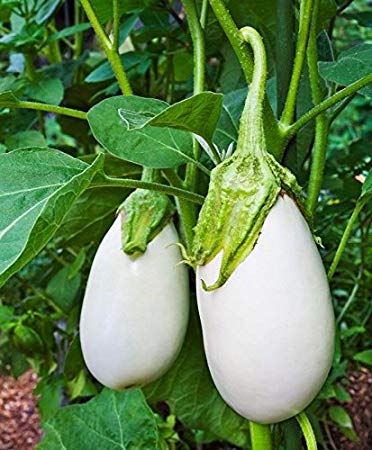
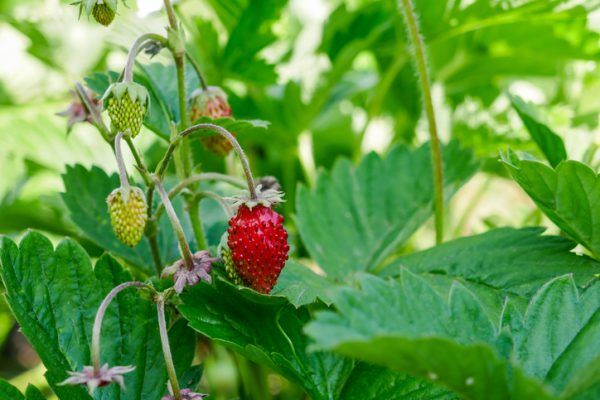
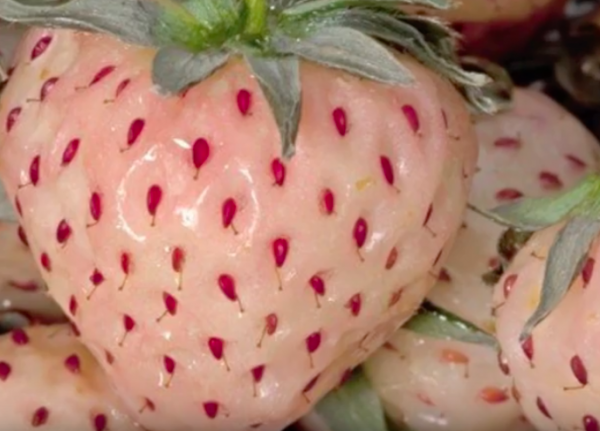





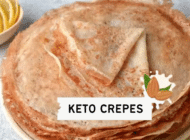








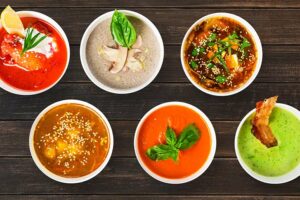




Leave a Reply